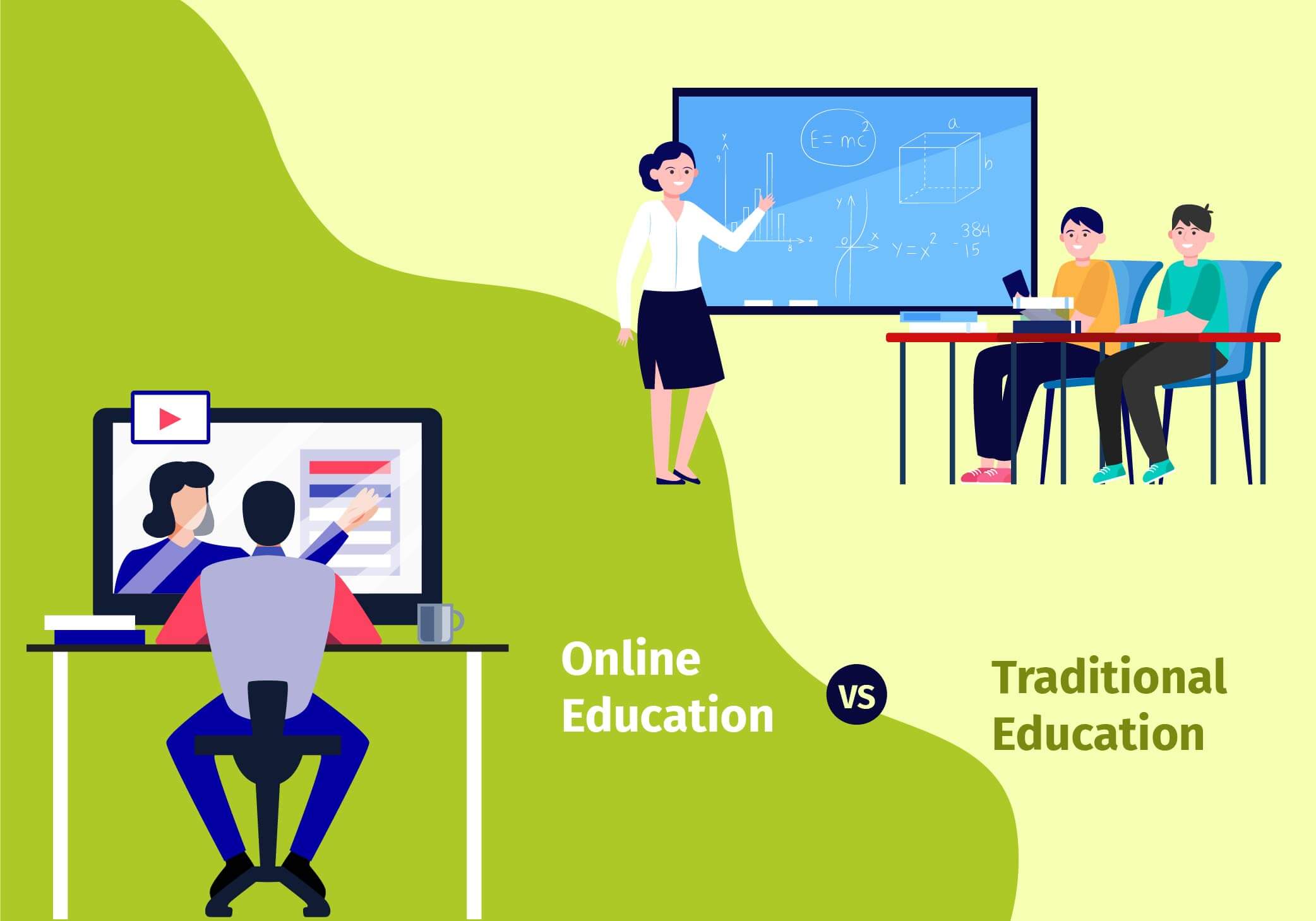Research studies have suggested that active learning can bring in the excitement and energy and keep away the boredom. The typical classroom atmosphere where teachers take lectures and students take notes are no more proving effective.
Get Best Free Art Learning Apps (Check it Now)
Active participation of students in learning is found to be much more interesting and engaging, especially in college phase. College students no more like to be treated as small kids but love it when given the space of grown up individuals in classrooms.
 Today’s college classrooms are considering different strategies to bring in active learning as part of training whenever possible. Here are a few among such tested and proven learning activities which can be tried for a better college classroom ambiance.
Today’s college classrooms are considering different strategies to bring in active learning as part of training whenever possible. Here are a few among such tested and proven learning activities which can be tried for a better college classroom ambiance.
1. Brainwriting: This is a group activity that engages everyone in the group. The technique allows each of the participants to come up with ideas to solve a problem by writing it in a paper.
The ideas are then reviewed and everyone can build on others’ ideas to form a collective output. This assures that ideas flow freely without any censorship.
2. Jigsaw: This technique enables students to build on accountability as they teach each other. Students are divided into different groups and each person in the group is given a topic.
This activity allows them to regroup with students from other groups who are exploring the same idea. Once they have mastered the concept, they come back to the original group and share the new ideas.
3. 1-minute Reflections: This activity can be performed after completion of a chapter or session.
Students give a 1-minute response or reflection of what they have understood post the session. They can record 1-minute audio or video and submit it in the class web page.
Be sure to have a look into it and give response or answers if some question or concern was raised by someone in the reflection.
4. Concept Mapping: This is a very interesting activity in which walls or displays are used to visually organize ideas. Students would be offered new perspectives to their existing knowledge, to gain valuable insights.
It allows students to expand on previously acquired knowledge. This activity can be used to map ideas for assignments and projects which are very common in college phase studies.
5. Structured Debates: Debates are always fun but informative activity in college classrooms.
Students can be grouped into two or more and a relevant topic can be given. Each of the group must be representing a particular response to the topic.
They have to initiate a friendly debate by substantiating responses with relevant points by respecting others’ views. You may use a buzzer to indicate the start and stop time allotted for each group.
6. Real-time Reactions: This activity allows students to respond in real time when they are viewing another student’s presentation, a lecture session or any relevant video as part of learning.
This can be set up through diverse ways such as live tweeting with hashtags or cloud-based collaboration software. There is no better way of capturing real-time reactions which can be fun but at the same time serving the purpose of sharing constructive feedback.

7. Games: Despite the age level, every student would love to have games as part of their study sessions.
Competitive games can be included during sessions to test students’ understanding as well as trigger their thinking.
The games can be single player or can be made multi-player to make it more interesting. Gamification has proved good in assuring productive results for all level of classrooms.
8. Chain Notes: In this activity, several relevant but interesting questions are noted and passed to students. Each student gets a chance to note their response and pass it on to other students.
Finally, a collective response to the idea or question can be gathered which is fun as well as informative. You may even use apps instead where everybody can note the response simultaneously or even anonymously if needed.
9. Dotmocracy: An issue will be discussed in the classroom, seeking the perspective of every student regarding the solution.
The instructor then writes each perspective in a large sheet and hangs it on the wall. Students are then given 5 sticky dots each and they can stick the dots to the perspective which they follow.
A student can distribute the dots according to the intensity in which they support the perspective. It can be like all dots in one sheet or 2 dots in 1 sheet and 3 in other or one dot each in 5 different sheets.
In the end, the class can view the perspective which has the majority support and triggers further discussions on it.
10. Idea Lineup: Select a question which can be answered with a range of responses. Students are asked about their range of response. They can indicate it by coming in front of the class and forming a line. The position of the students is based on their response on the spectrum of answers.
This activity asks them to move out of their place which can be tried in afternoon sessions when they seem less active.
11. Finger Signals: This activity allows instructors to assess student understanding without any wait time.
While discussing a topic, you can ask them questions which can be answered in a yes or no or in numbers. Give instructions for the signals to be used to indicate a ‘yes’, ‘no’, ‘agree’, ‘disagree’ or ‘out of 10scale’ response using all fingers. They can even use cardboards with yes, no or numbers written on it in larger classrooms.
12. Mystery Quotation: This interesting activity can test the level of understanding of a student regarding an issue. First, let them explore a topic in detail by giving ample time. Then, give them a quotation based on the topic which must be quite new to them.
Finally, ask them to identify the viewpoint of the person who quoted the statement and justify it in the classroom. They can even do small group discussions before presenting to the entire class.
13. Student Summary of another Student’s Answer: This is an activity that tests the active listening of a student. First, ask a question to a student and then ask the next student to summarize the first student’s response. This promotes the idea that learning is always a shared enterprise.
This activity enables them to actively listen to everything discussed in classrooms.
14. Open-ended questions: This is one of the best active learning activities for college students. Give them an open-ended question or problem and provide a time frame by which they have to come up with solutions.
Such questions would gear up their thinking process and enable them to think from different perspectives to reach a solution. They can also use it as an option to explore a subject and showcase their understanding.
15. Sketchnoting: Instead of the basic lecture notes they usually take in classrooms, this activity asks them to draw pictures. It is not about the quality of their picture.
But, how they visualize.
Give them the freedom to sketch a picture of their desire to represent the information discussed in class. This gives them a chance to visualize their understanding and learn a subject from a different perspective.

16. Picture Prompt: This is an interesting activity which can be tried on all levels of classrooms. Give students a picture to relate to the subject but which is not that easy to connect.
Let them tell or write their level of understanding by seeing that picture and justify their points. Reveal the actual significance of the picture only after they have explored all possible ideas.
17. Time Traveler: This is an awesome activity which can test how the understanding level of a student changes over course of time.
Let them take a selfie video answering a particular question or problem at the start of the semester. Let them do the selfie video again at the end of the semester answering the same question.
You can display it in classrooms to see how the students’ perspective to a problem changed over the period which can be fun as well as informative.
Get Best Free Art Learning Apps (Check it Now)
Including these types of activities in your college classrooms can make learning interesting and engaging. Giving them enough space in learning techniques or activities gives students a sense of belonging. This prompts students to give their best and take learning more seriously without losing the fun elements.
The instructors or teaching authorities can decide on the type of activities to be included after knowing the pulse of a classroom for effective results. Researchers have backed the strategy by pointing out that students score better in exams while learning through interactive methods.







